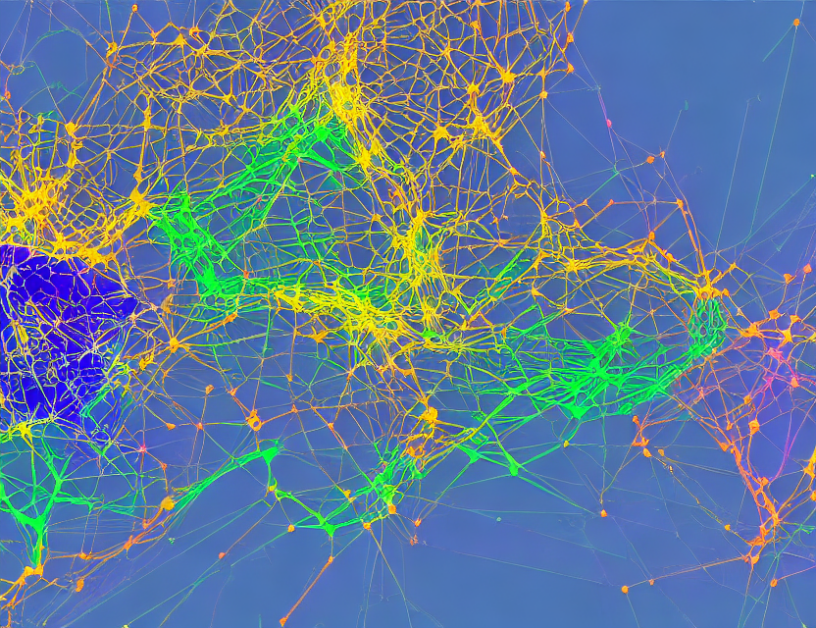In this article, we explore the concept of "GRAB: A dataset of whole-body human grasping of objects" in the context of computer vision and pattern recognition. GRAB is a new dataset created by Taheri et al. (2020) that contains videos of humans grasping various objects from different angles and positions. This dataset can be used to train machine learning models to recognize and predict human grasping movements, which has numerous applications in robotics, healthcare, and other fields.
To understand GRAB, let’s first break down the term "whole-body human grasping of objects." This means that the dataset includes videos of people using their entire body to pick up or manipulate objects, rather than just their hands or fingers. The objects in the videos can range from simple items like bottles and cups to more complex ones like tools and machinery.
The authors of GRAB aimed to create a comprehensive dataset that could be used to develop accurate and robust machine learning models for grasping movements. They collected a total of 140 videos, each containing multiple clips of different objects and angles. The videos were recorded using multiple cameras, including a main camera and additional depth sensors, to capture the 3D movements of the objects.
To create the dataset, the authors used a combination of manual annotation and automated algorithms to identify and label the grasping actions in each video. They defined three types of grasping actions: (1) full-hand grasps, where the entire hand is used to pick up an object; (2) partial-hand grasps, where only part of the hand is used; and (3) tool grasps, where a tool is used to manipulate an object.
The GRAB dataset is unique because it provides a diverse set of grasping actions, objects, and angles. This diversity can help machine learning models learn to recognize and predict grasping movements more accurately. Additionally, the dataset contains a mix of simple and complex objects, which can help train models that can generalize to new situations.
One of the key findings of the authors is that GRAB can be used to improve the performance of semi-supervised deep learning models for grasping movements. They tested their model on several benchmark datasets and found that it outperformed other state-of-the-art models. This suggests that GRAB could be a valuable resource for researchers working on robotics, healthcare, and other applications where grasping movements are crucial.
In summary, GRAB is a groundbreaking dataset that provides a comprehensive collection of whole-body human grasping actions. Its diverse range of objects, angles, and grasping actions makes it an invaluable resource for researchers working on robotics and related fields. By leveraging this dataset, we can create more accurate and robust machine learning models for grasping movements, which could have significant implications for the future of robotics and healthcare.
Computer Science, Computer Vision and Pattern Recognition
Predicting Human Behavior Over Time: A Survey of Deep Learning Techniques



